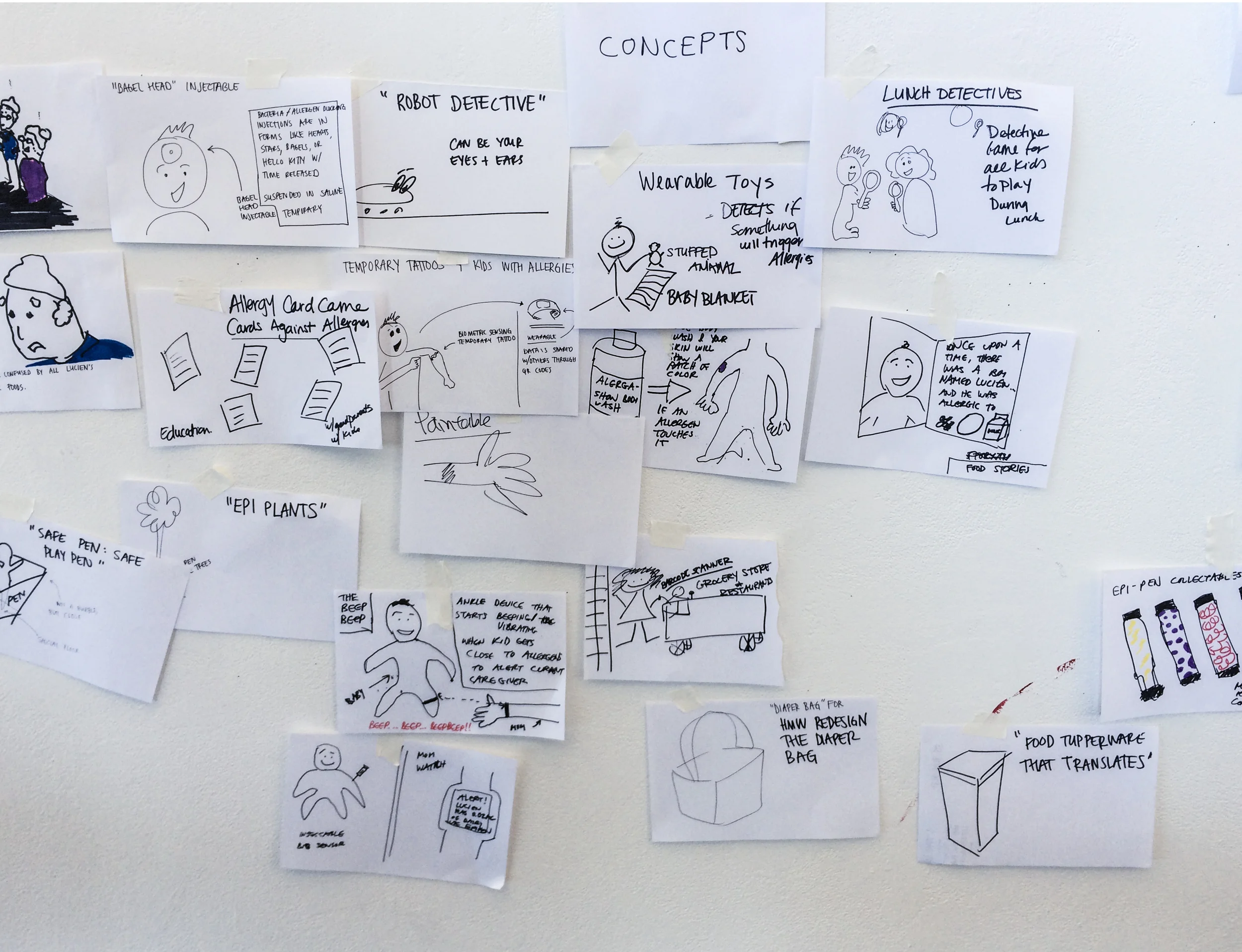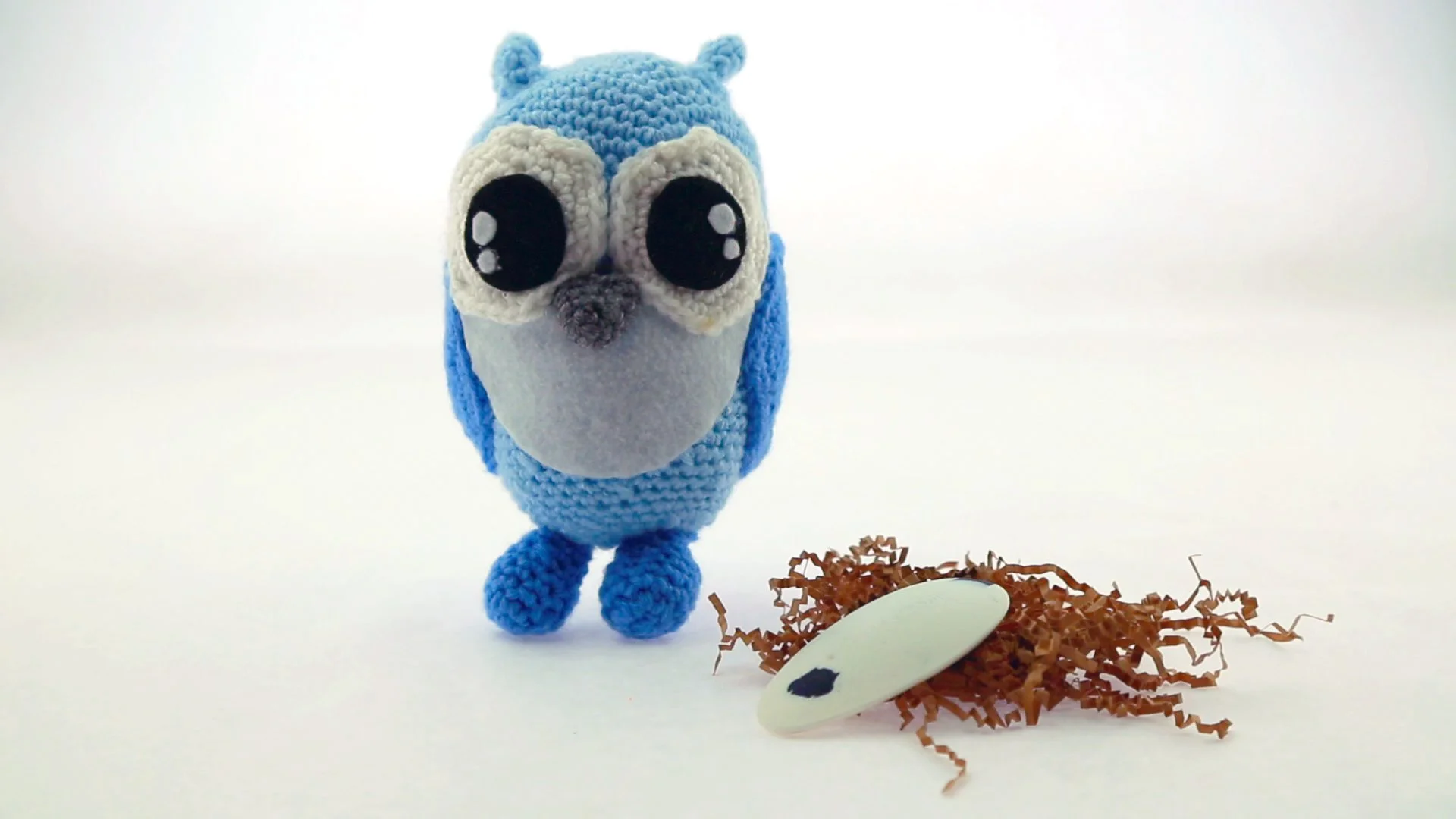Approach
How do you solve a problem that seems unsolvable?
There are no hard and fast rules when it comes to innovative problem solving, but there are frameworks and tools you can use to help push you forward when dealing with high degrees of ambiguity.
Here's a design-led process I reference when being tasked with solving a big, messy problem.

Looking up facts online for days on end can be great and all, but you can often learn a lot more by having conversations with people. Hearing the subtle changes in their tones or seeing the slightest changes in their expressions is so much more telling than what you’ll find behind a computer screen. I find that talking to people helps you understand the fuzzier human side of a problem — the subconscious and emotional parts that people can’t always articulate, but which matter a lot.

Every piece of data tells part of the story. There’s no set formula, but by looking at all your data from multiple angles, patterns and themes will emerge and you’ll start seeing how they fit together. It’s like putting together the pieces of a 2,000 piece puzzle.

As your puzzle starts coming together, you’ll begin to see the bigger picture — the story the data tells. What does it all mean? By uncovering the insights from the data’s story, you’ll understand what needs to be changed in order to solve the problem.

It's easy to lose track of what your solution needs to do when you’re trying to solve a behemoth of a problem. That’s why I think it’s helpful to use tools like frameworks and principles to help guide the way. They serve as reminders on whether you’re on course to creating a good solution.

As I’ve learned from my designer friends, it’s all about getting all ideas out of your system — both the good and the bad, from mundane to off-the-wall crazy. There’s no formula for finding the best ideas, but I find it helpful to lay everything out in a visual form. By putting everything on the table for all to see, magic happens in collaboration when your team can build off of each other’s ideas to find combinations that no one would see on their own.

Everybody’s got a theory, but sometimes we’re wrong. The best way to make sure you’re not wasting time and money on a solution that no one will use is to get something into customers’ hands early on. It lets you learn what they actually think. Turn your strongest concepts into reality through rapid prototyping. Even with rough prototypes, you can create something that customers can experience. They can tell you where you’re on the mark and what's not working for them.

I believe that resilience is key to finding great solutions — it’s all about getting back up and trying again. And quickly, to not lose momentum. Based on what you hear from customers about your prototype, iterate on your product or service and test it again.

I’ve learned the importance of failing forward. By keeping the feedback loop going, you can make the solution better and better, bit by bit. This helps steer it in the right direction while minimizing time, money, and sanity spent on things that don't matter to customers.




